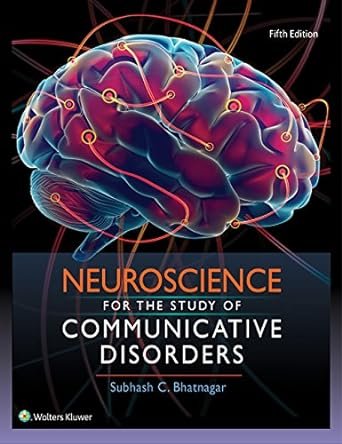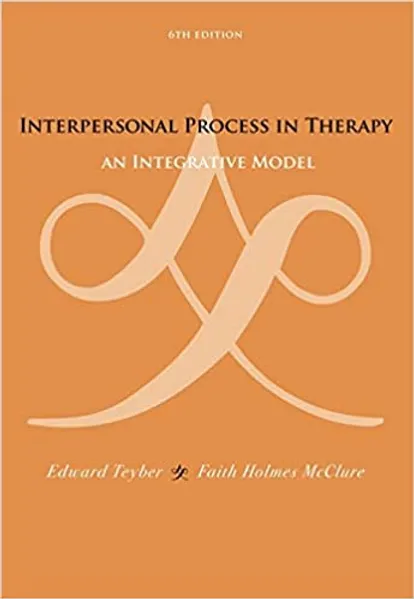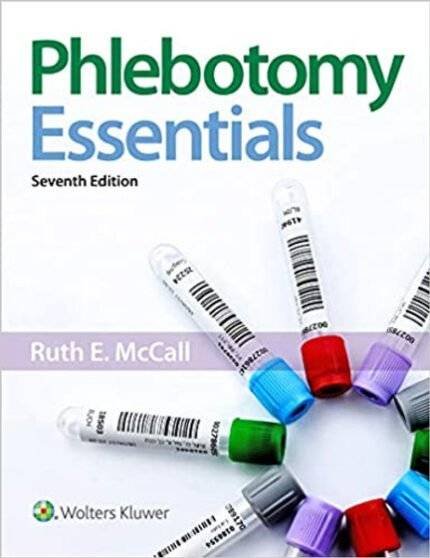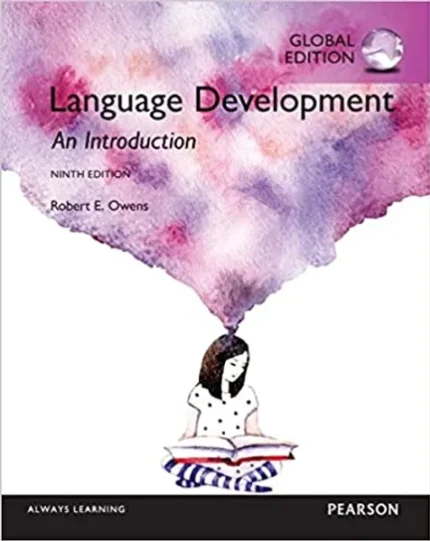Neuroscience for the Study of Communicative Disorders 5th Edition
Neuroscience for the Study of Communicative Disorders, 5th Edition – A Definitive Guide to Neurological Communication Disorders
Understanding the neuroscience behind communication disorders is crucial for speech-language pathologists, neuroscientists, and healthcare professionals working with patients suffering from neurological speech and language impairments. Neuroscience for the Study of Communicative Disorders, 5th Edition by Dr. Subhash Bhatnagar provides a detailed and comprehensive exploration of the brain’s role in communication, language processing, and cognitive speech functions.
Key Features of the Book
1. Introduction to Neuroscience and Communication
- Overview of neuroanatomy and neurophysiology related to communication.
- The relationship between the brain and speech mechanisms.
- Role of different brain structures in language processing.
2. Brain Structures and Their Role in Communication
- Function of Broca’s area, Wernicke’s area, and the auditory cortex.
- The importance of neural pathways in speech and language processing.
- Impact of cerebral hemispheres, brainstem, and motor cortex on communication.
3. Neurological Disorders Affecting Speech and Language
- Aphasia and its various types – Broca’s aphasia, Wernicke’s aphasia, global aphasia.
- Dysarthria and apraxia – Motor speech disorders linked to neurological damage.
- Neurodegenerative diseases and their impact on communication – Alzheimer’s, Parkinson’s, ALS.
4. Cognitive Neuroscience of Speech and Language
- How the brain processes verbal and non-verbal communication.
- Cognitive deficits and language impairments caused by brain injuries.
- Neuroplasticity and language rehabilitation – How the brain adapts after injury.
5. Neurodiagnostic Tools for Speech Disorders
- Use of MRI, CT scans, and fMRI in diagnosing communication disorders.
- Electrophysiological studies (EEG, ERP) in speech-language research.
- Neuroimaging insights into speech and language processing in the brain.
6. Treatment and Rehabilitation for Neurological Communication Disorders
- Latest therapeutic approaches for speech and language rehabilitation.
- Role of speech therapy and cognitive training in neurological recovery.
- Pharmacological and neuromodulation techniques for treating speech disorders.
Who Should Read This Book?
- Speech-language pathologists (SLPs) seeking a deeper understanding of neuroanatomy.
- Neurologists and neuroscientists researching speech and language processing.
- Cognitive scientists and psychologists studying brain function and communication.
- Students in speech-language pathology, neuroscience, and communication sciences.
Conclusion
Neuroscience for the Study of Communicative Disorders, 5th Edition is an essential reference guide for anyone involved in the study or treatment of neurological speech and language disorders. Covering everything from brain anatomy and language processing to speech rehabilitation techniques, this book provides vital insights into the complex interactions between the brain and communication, making it an invaluable resource for SLPs, neurologists, researchers, and students.
you may like .https://natashabookstore.com/books/principles-of-life/












Reviews
There are no reviews yet.